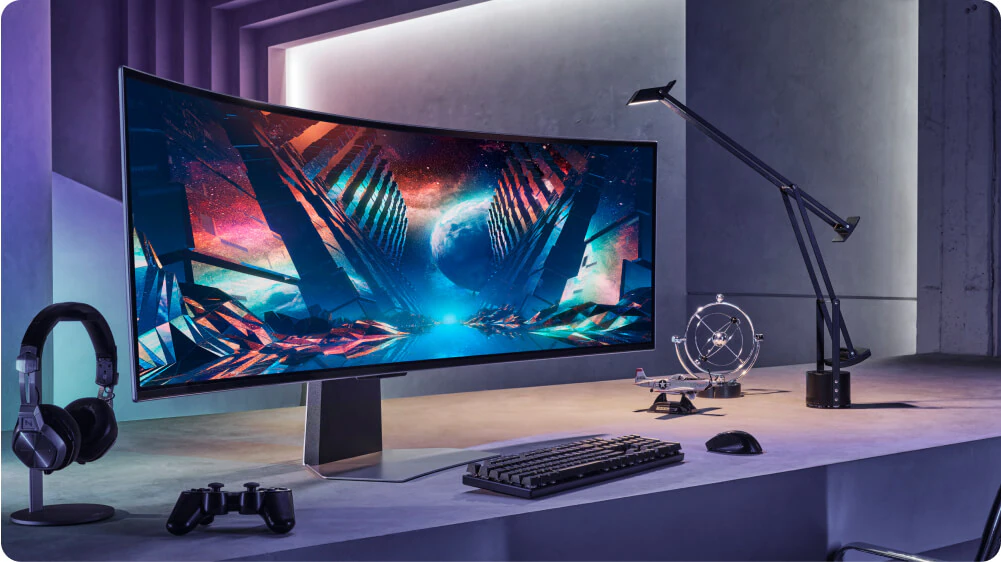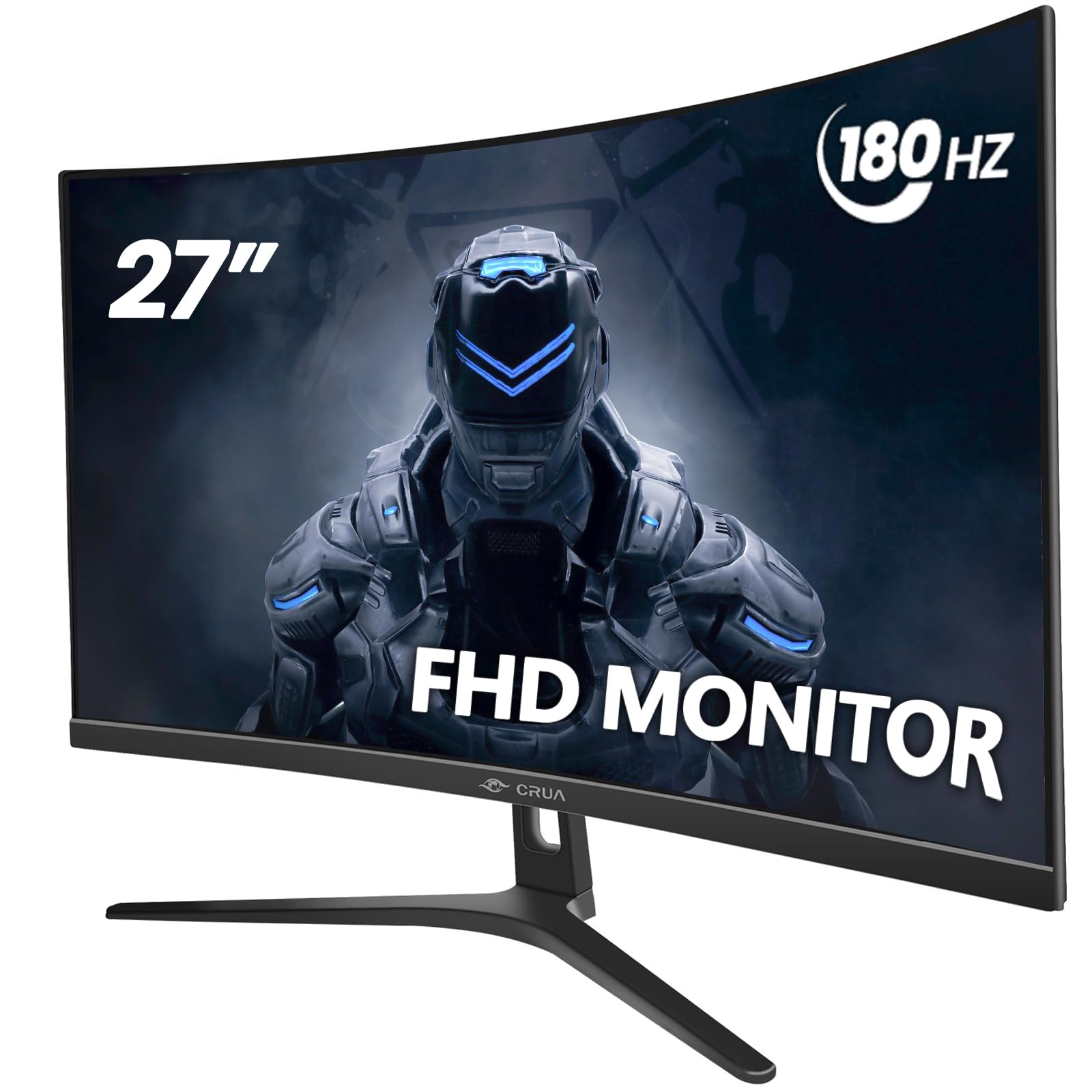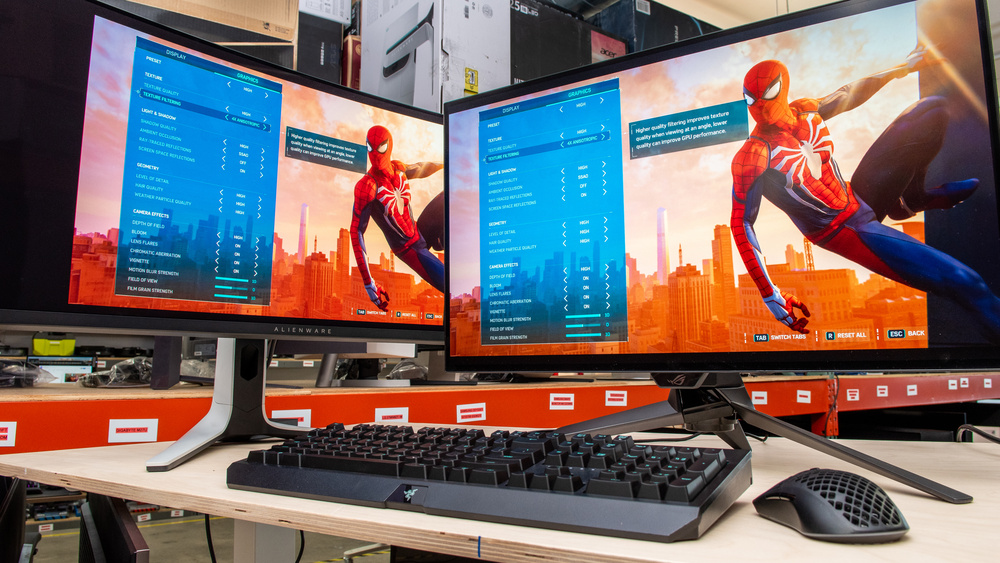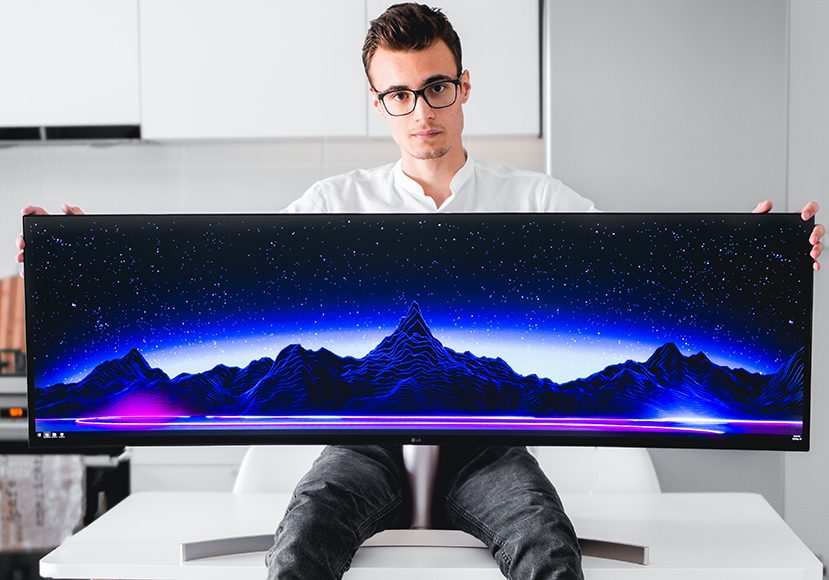Expanding your desktop space by connecting two monitors to one computer can vastly improve productivity and enhance your multitasking capabilities. Whether you’re editing video, working with large spreadsheets, or want a more immersive gaming experience, a dual monitor setup is a game-changer. This article provides a step-by-step guide on how to connect two monitors to your computer, covering hardware requirements, setting up the connection, configuring display settings, and troubleshooting common issues.
Determining Hardware Requirements and Compatibility
Checking Graphics Card Capabilities
Before attempting to connect two monitors, you must ensure your graphics card can support a multi-monitor setup. Most modern graphics cards offer multiple output options like HDMI, DisplayPort, DVI, or VGA. Verify that your card has at least two such outputs and that it supports dual-monitor output.
Selecting the Right Cables and Adapters
Once you confirm your graphics card can handle two monitors, identify the types of ports available on both your graphics card and monitors. You may need to purchase the corresponding cables, such as HDMI or DisplayPort, to connect the monitors. If the outputs don’t match, you’ll need an adapter to convert one type of connection to another. Be sure to get cables and adapters that support the resolution and refresh rate you intend to use.

Setting Up the Physical Connection
Connecting Monitors to the Computer
Turn off your computer before you start connecting monitors to avoid potential electrical hazards or hardware damage. Use the appropriate cables to attach one monitor to each of the graphics card’s outputs. If your graphics card only has one output or if you are using a laptop, you may need a docking station or splitter that can take a single output and split it to two monitors.
Positioning Monitors on Your Desk
Arrange the monitors on your desk according to your preference. Generally, people prefer the monitors to sit side-by-side at the same height and angle to maintain a uniform viewing experience. Ensure both monitors are securely positioned and that their cables are neatly organized to prevent accidents or cable damage.

Configuring Display Settings on Your Computer
Accessing Display Settings
Once everything is physically set up, power on your computer and both monitors. Right-click on the desktop and select “Display Settings” on a Windows PC, or open “System Preferences” and then “Displays” on a Mac. Here you’ll see a representation of your monitors. Windows identifies monitors with numbers, and you can click “Identify” to see which is which.
Arranging and Personalizing Your Displays
In the display settings, you can arrange the monitor’s icons to match the physical setup. Click and drag the displays in the settings to mirror their real-world arrangement. This ensures that when you move your cursor between monitors, it moves seamlessly from one to the other. You can also select your primary display, adjust resolution, orientation, and scale to your preference.

Troubleshooting Common Dual-Monitor Setup Issues
Resolving Detection Problems
If one of the monitors is not detected, check all connections to ensure they are secure. Try disconnecting and reconnecting the cables or switching to different ports if available. Double-check that the monitor is powered on and that you have selected the correct input source.
Fixing Display Configuration Errors
When facing issues with resolution and display quality, confirm that you are using the right cables and that they support the necessary specifications for your desired resolution and refresh rate. Update your graphics card drivers to the latest version as outdated drivers can cause compatibility issues. Additionally, ensure that your operating system is up to date to avoid conflicts with newer hardware or software standards.

Preparing for Dual Monitor Connectivity
Assessing Power and Workspace Layout
Before you dive into extending your setup to two monitors, consider the power requirements and how you’ll organize your workspace. Monitors require a power source, so ensure you have enough outlets near your workspace for both screens and your computer. Plan your desk layout to accommodate the additional monitor, aiming for minimal clutter and cable management that allows for easy access and adjustment.
Understanding Different Display Modes
Dual monitor setups usually function in one of two modes: ‘Mirror’ mode or ‘Extend’ mode. ‘Mirror’ mode replicates the same display on both screens, which can be helpful for presentations. ‘Extend’ mode allows you to use both monitors as a single continuous workspace. Understanding these options will help you to make informed choices when configuring your settings based on the tasks you intend to perform.

Installing Necessary Drivers and Software
Checking for Driver Updates
For a trouble-free experience, your graphics card drivers should be up-to-date to ensure that they support dual monitor setups. Visit the manufacturer’s website to download the latest drivers. Some graphics cards may come with their own software that provides additional features for managing multiple monitors, so consider installing this software to take full advantage of your hardware’s capabilities.
Leveraging Third-Party Applications
While most operating systems provide basic configurations for dual monitors, third-party applications can offer enhanced control. These applications can enable features like precise window management, custom keyboard shortcuts, and additional customization options that improve workflow efficiency. Research and experiment with these tools to bolster your productivity further.
Exploring Advanced Dual Monitor Features
Extending Taskbars and Workspaces
An expanded view can significantly increase productivity, and some operating systems allow you to extend your taskbar across both monitors. This enables easier access to pinned and open applications on both screens. Additionally, virtual desktops can further multiply your workspace, allowing you to switch between different desktops for different types of tasks or projects.
Utilizing Monitor-specific Settings
Each monitor in your setup may support unique features, such as different refresh rates, color profiles, or orientations. For creative professionals, aligning the color settings across monitors is essential for consistent visual work. Gamers, on the other hand, may prioritize high refresh rates for a smoother experience. Explore each display’s specific features and tailor your settings accordingly for optimal performance.
In summary, setting up two monitors to one computer involves checking your hardware’s compatibility, making the right connections with appropriate cables and adapters, configuring settings within your operating system, and troubleshooting any issues that may arise. Proper preparation and a systematic approach can lead to a smooth setup, allowing you to enjoy the multiple benefits of a dual-monitor configuration. With extra screen estate, you can facilitate more efficient work, create more engaging gaming experiences, and overall add greater versatility to your computer setup.